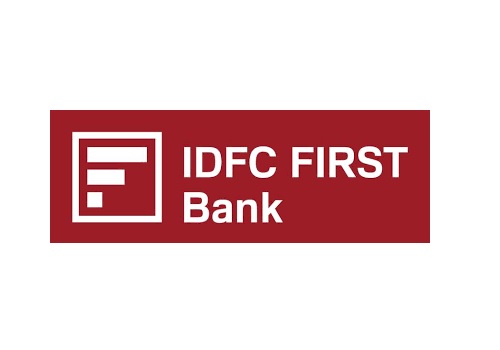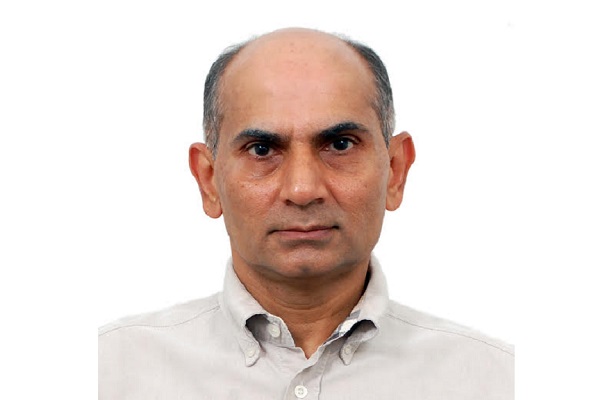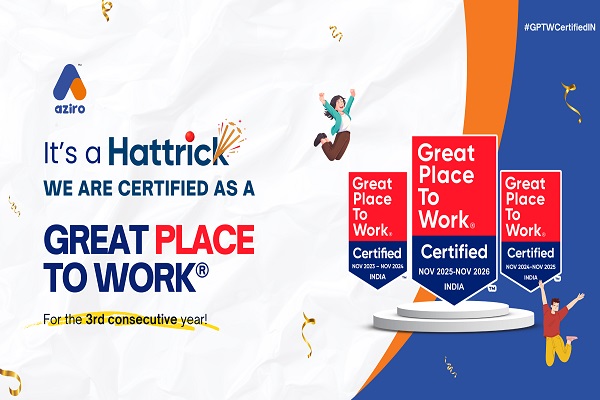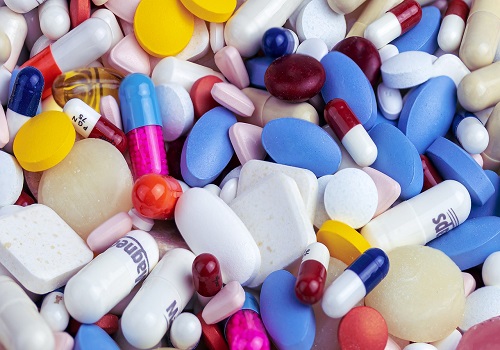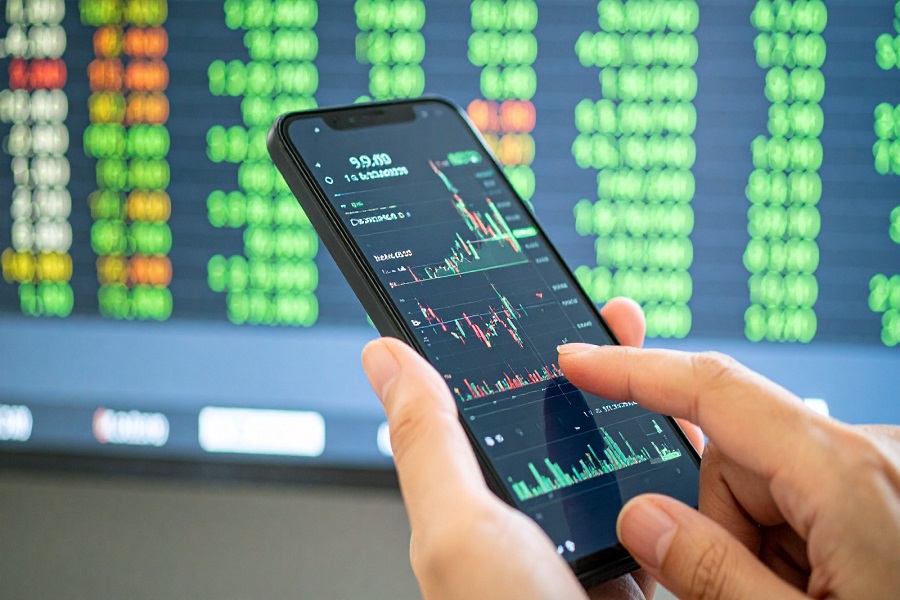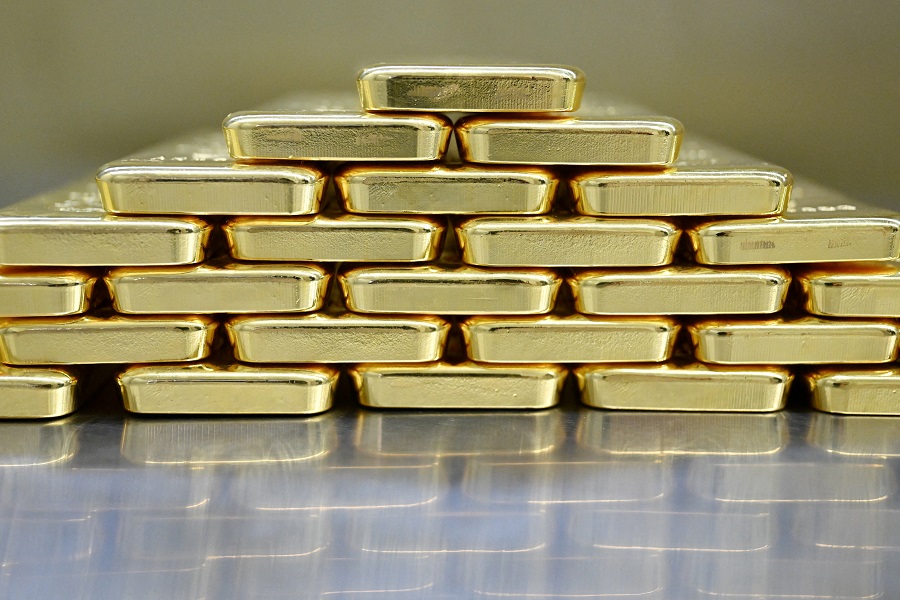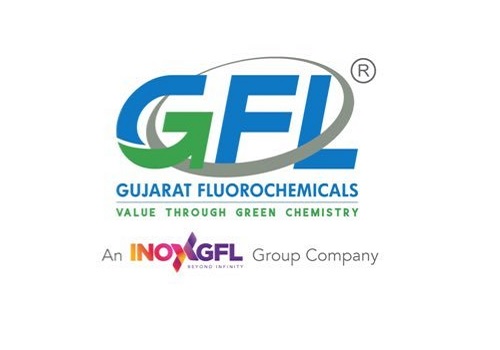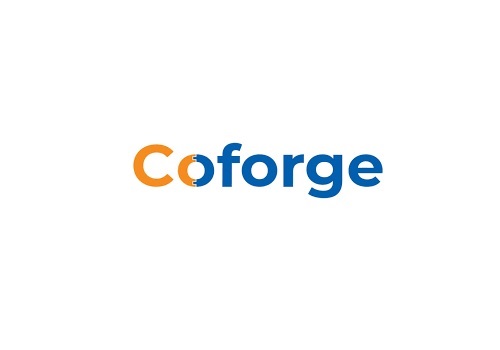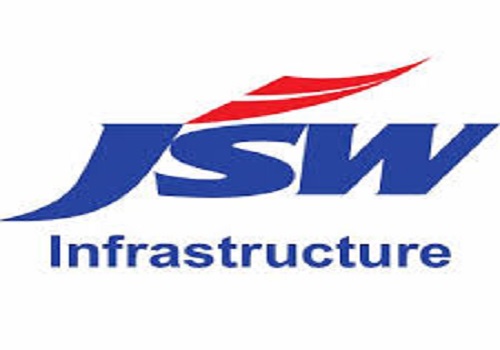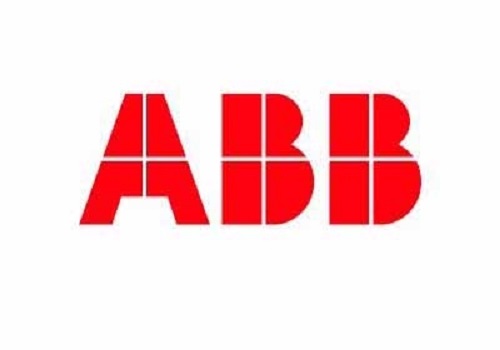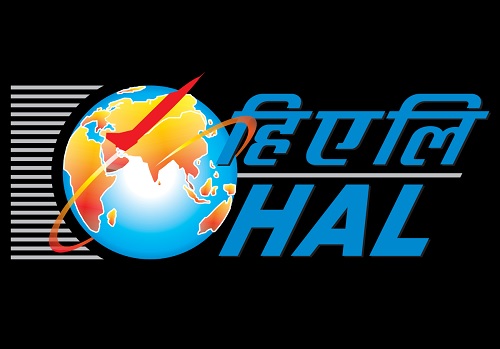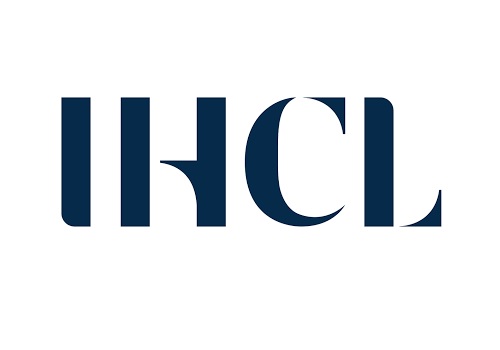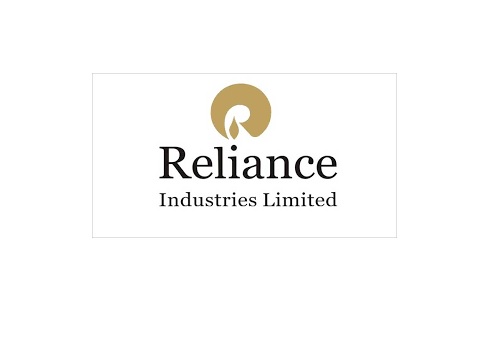Buy APL Apollo Tubes Ltd For Target Rs.1,830 by Motilal Oswal Financial Services Ltd
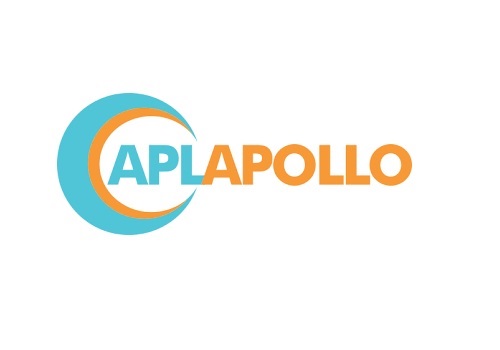
Demand revival to drive volume growth, margin recovery
* The Indian structural tubes industry has been in a turbulent phase due to a sharp drop in realization, slowing demand, and capacity expansions. APL Apollo Tubes (APAT), being the market leader, delivered healthy volume growth in 9MFY25, though at the expense of margins, which took a major hit (EBITDA/Mt down 28% YoY in 9MFY25). However, we expect the scenario to change for the better going ahead owing to the following factors:
* HRC prices have stabilized at lower levels, driving affordability, as the spread between primary and secondary steel has also narrowed. APAT, being the largest primary steel player with an extensive distribution network, will be a key beneficiary.
* The demand environment is also expected to improve, led by better capex spends across traditional and new-age sectors. We can see increasing momentum for volume growth for APAT, along with margin expansion; unlike earlier, when volume growth was at the expense of margins (discounting).
* APAT has been focusing on widening its reach in both export and domestic markets. Its Dubai plant is ramping up smoothly, becoming an export hub for APAT. The company’s plans to set up two facilities in eastern markets of Gorakhpur and Siliguri bode well for capturing the untapped eastern markets and saving freight costs.
* We expect APAT’s margins to improve going ahead as infrastructure spending resumes, capex spending in new-age sectors increases, and dealer restocking begins. Long-term growth will be driven by rising demand, strong distribution, a rapid expansion in Dubai and eastern markets, higher value-added product (VAP) share, and its market leadership.
* We expect APAT to report a CAGR of 19%/23%/28% in revenue/EBITDA/PAT over FY24-27. We value the stock at 33x FY27E EPS to arrive at our TP of INR1,830. Reiterate BUY.
Near-term bottoming of HRC prices improving affordability
* Indian HRC prices have seen a significant contraction of ~40% from the high of ~INR79,050/MT in Apr’22 to INR48,143 in Jan’25. Of this decline, half (till ~INR60,000/MT normalized levels by Jan’23) is attributed to normalization of pricing after Covid-related price hikes.
* Major factors leading to the latter half of price erosion are: subdued domestic demand (election year impact), higher cheap HRC imports from China and SEA countries, weak global demand, and weak price sentiment.
* The fall in HRC prices is also reflected in the performance of APAT, which witnessed subdued realization. APAT’s realization declined by 19% vs. 1QFY23 to INR65,597/MT in 3QFY25 (down 5%/4% YoY in 3Q/9MFY25). Consequently, EBITDA/MT declined by only 9% during the same period (down 10%/28% YoY in 3Q/9MFY25). Despite volume growth of 19% YoY in 9MFY25, EBITDA declined by 14% YoY due to discounting and inventory loss.
* However, a moderate fall in EBITDA/MT compared to realization can be attributed to the addition of VAP, such as super-heavy structural tubes, rust-proof structures, coated tubes & sheets, etc., which have much better margins (in the range of INR6,000-8,000/Mt).
* HRC prices are now stabilizing at lower levels and also have started to inch up in Feb’25. Going ahead, HRC prices can further increase, led by 1) improvement in the domestic demand scenario (better government and private capex spending expected in FY26 vs. lower spend in FY25 due to election; 2) government capex budget for FY26 has been increased by 10% vs. FY25RE); and 3) a pick-up in the global demand scenario (particularly in China, EU and the US), thereby reducing imports to India. The potential implementation of safeguard duty on steel can also increase domestic HRC prices.
* With lower pricing, affordability of HRC has improved, as now the price gap between primary (HRC) and secondary (patra) steel is only ~INR5,000-8,000/Mt. This is expected to further push the replacement timeline toward HRC-based tubes from traditional products, such as secondary steel, TMT, cement, wood, angle channels, and aluminum.
* This affordability will remain effective if HRC prices stay below INR60,000/MT. The price increase over this level can dampen the demand scenario.
* APAT booked a major inventory loss in 1H by selling off high-cost inventory. Going ahead, with improving or stable pricing, we expect the company to witness a volume pickup. The improving mix of VAP will also drive margin expansion.
Demand revival in 4Q to drive healthy volume growth
* Demand for structural tubes has been slowing over the last few quarters (since 3QFY24) due to extended monsoon and subdued domestic demand (election year impact). However, volume growth for the industry has remained healthy (low double digit), largely led by capacity expansions across companies.
* However, higher volumes across the industry have been led by higher discounting, which impacted margins.
* With elections (both general and state) now behind, we expect a gradual pickup (from 4QFY25) in demand, led by increase in government spending (still at lower levels). Traditional sectors, such as highways and railways, are expected to witness a pickup in demand.
* New sectors (such as solar) are expected to contribute to the demand recovery. The central and state governments (Maharashtra, Gujarat, etc.) are working aggressively on solar projects. Moreover, the increasing use of prefabricated structures is driving up the tubes usage in construction sectors.
* For APAT, volumes have remained on an upward trajectory since 3QFY24, led by plant additions in Raipur (new products such as heavy structural tubes and coated tube & sheet) and Dubai, despite a subdued demand scenario. Higher volumes can be attributed to discounting and lower realization (affordability).
* However, going ahead, we expect volumes to continue increasing, led by an expected demand recovery with low discounting, thereby boosting margins. We estimate a ~28% YoY increase in volumes in 4QFY25 to ~0.87mmt (i.e. monthly run rate of ~290kmt). This is expected to increase to ~3.9MMT/4.4MMT in FY26/FY27 (i.e. monthly run rate of ~321KMT/~370KMT).
* The incremental volumes in FY26/FY27 will be driven by the increase in the VAP product mix to 65%/68% vs. ~60% in FY25E. This will lead to healthy margin improvement.
Export business ramping up smoothly
* APAT is expanding its exports while focusing on domestic growth, with a presence in 20 countries and key opportunities in the Middle East and Southeast Asia. Export demand is fueled by a shift to high-quality HR coil-based steel pipes, replacing lower-grade alternatives, and rising infrastructure projects, particularly in Saudi Arabia, where it has secured a major order.
* Stable global steel prices further support competitiveness for APAT in export markets. Export pricing is competitive, benefiting from lower steel procurement costs in international markets like Dubai (no duty on steel imports there unlike in India on imports from Russia and China). The pricing gap between domestic and export markets is, however, narrowing, making exports more viable. APAT maintains a price premium over local competitors in its export markets due to its brand strength and product quality.
* APAT’s Dubai plant is now fully operational, sourcing cost-effective steel from Asia. Plant utilization has reached 58% in 3QFY25, with further scaling planned.
* It serves both local markets and exports, particularly to Saudi Arabia, focusing on structural steel and high-value products.
* APAT targets over 200KMT of exports in FY25, with Dubai playing a major role. The long-term strategy focuses on expanding international sales, using Dubai as a key manufacturing hub. EBITDA margins (currently lower) are expected to improve as export operations grow. EBITDA margins from the Dubai plant are higher than overall company margins.
* In the longer run, the company expects its international sales to surpass 1MMT (~0.5MMT from the Dubai plant and 0.5MMT of exports from India), accounting for ~20% of the total sales volume (vs. ~4% in FY24).
* Therefore, going forward, international sales will be one of the key growth drivers for the company.
Widening reach in eastern markets
* Domestic market still remains a focus point for the company, with an aim of widening its presence in the untapped eastern markets.
* Raipur plant has been ramping up smoothly, with a utilization rate of 55% in 3QFY25. Going ahead, this is further expected to improve.
* Apart from the Raipur plant, which is just tapping into the eastern markets, APAT is strengthening its foothold in this market by setting up two facilities, i.e., in Gorakhpur and Siliguri, each having a capacity of ~200-250KMT.
* Gorakhpur plant will serve Eastern Uttar Pradesh and Jharkhand, while Siliguri plant will target Northeast India, including the seven-sister states, with potential exports to Bhutan and Myanmar.
* The new plants will reduce freight costs for eastern markets, improving distribution efficiency, as the freight cost from Raipur to the eastern markets is currently ~INR5-6k/MT.
* Eastern markets are currently dominated by small unorganized players. Hence, APAT will have a good opportunity to penetrate these markets.
Valuation and view
* APAT is likely to witness margin improvements as demand recovers after infrastructure spending resumes and dealers begin restocking inventory (affordability factor).
* In the long term, we believe APAT would sustain its earnings momentum on the back of: 1) growing demand across segments, 2) increased product penetration with a robust distribution network, 3) rapid capacity expansion (Dubai and eastern markets), 4) an increase in the share of VAP, thus driving margins, and 5) its market leadership.
* We expect APAT to report a CAGR of 19%/23%/28% in revenue/EBITDA/PAT over FY24-27. We value the stock at 33x FY27E EPS to arrive at our TP of INR1,830. Reiterate BUY.


For More Research Reports : Click Here
For More Motilal Oswal Securities Ltd Disclaimer
http://www.motilaloswal.com/MOSLdisclaimer/disclaimer.html
SEBI Registration number is INH000000412

